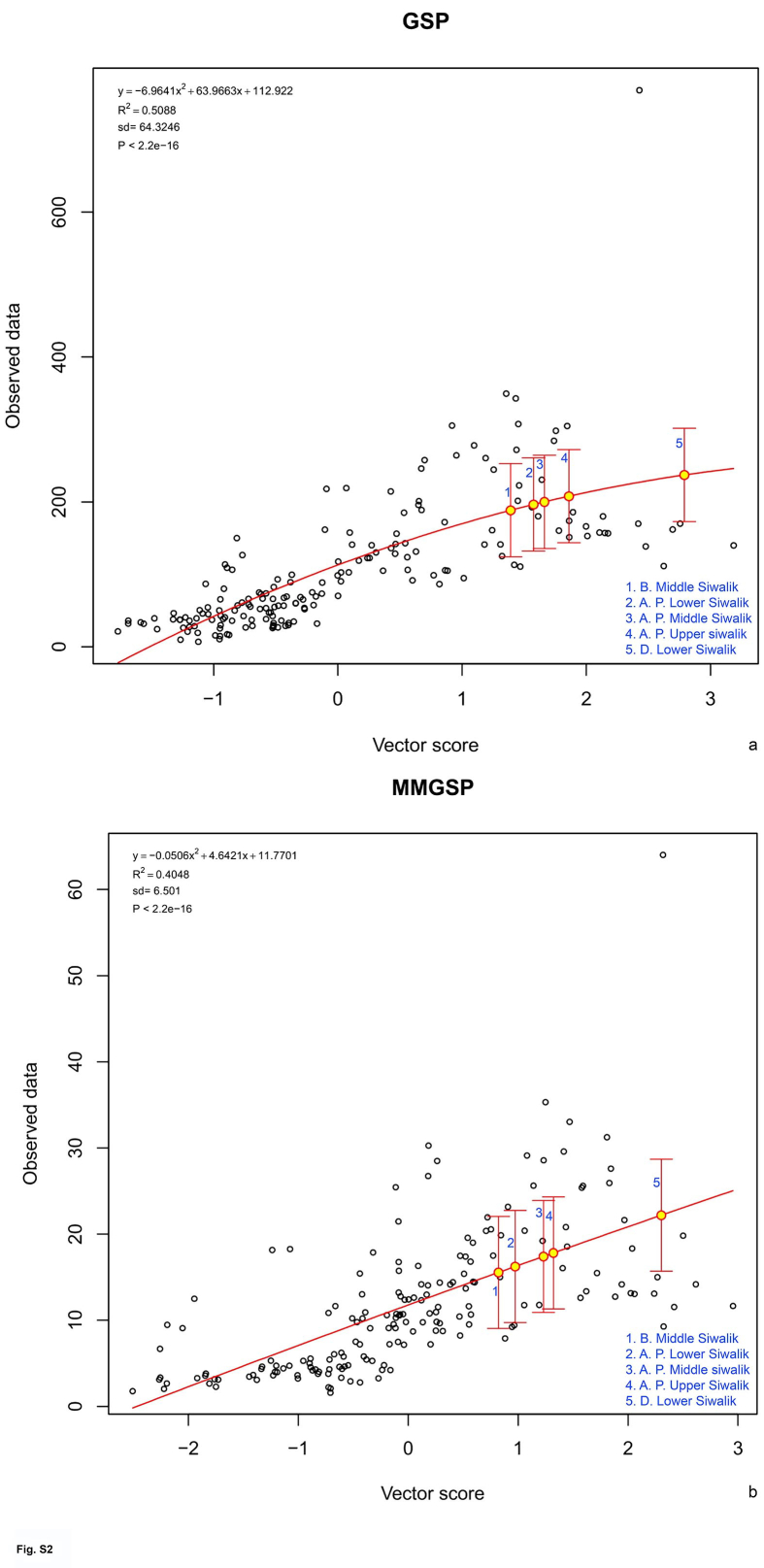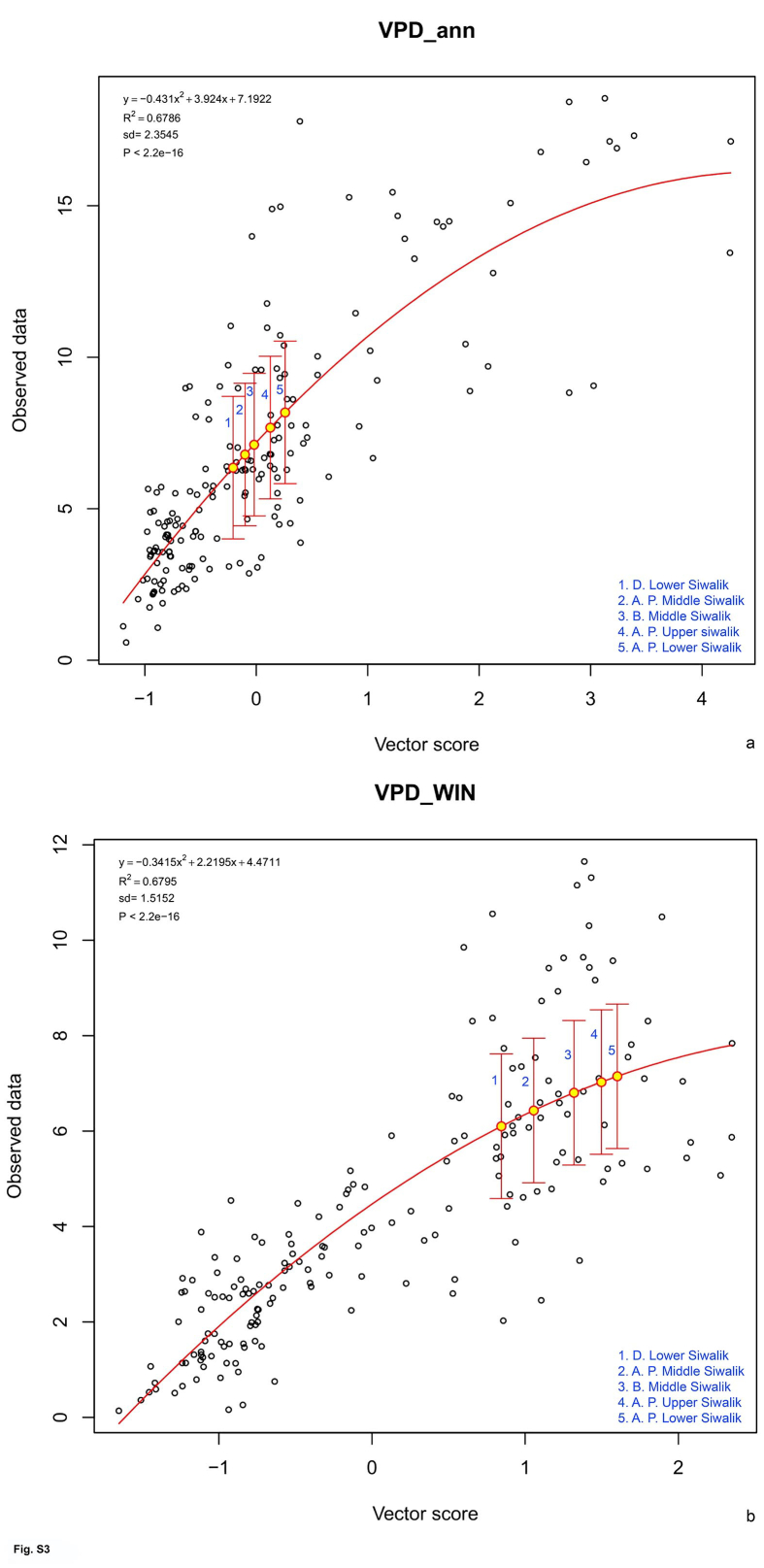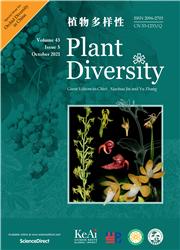Siwalik plant megafossil diversity in the Eastern Himalayas: A review
Abstract
The Eastern Himalayas are renowned for their high plant diversity. To understand how this modern botanical richness formed, it is critical to investigate past plant biodiversity preserved as fossils throughout the eastern Himalayan Siwalik succession (middle Miocene−early Pleistocene). Here, we present a summary of plant diversity records that document Neogene floristic and climate changes. We do this by compiling published records of megafossil plant remains, because these offer better spatial and temporal resolution than do palynological records. Analyses of the Siwalik floral assemblages based on the distribution of the nearest living relative taxa suggest that a tropical wet evergreen forest was growing in a warm humid monsoonal climate at the deposition time. This qualitative interpretation is also corroborated by published CLAMP (Climate Leaf Analysis Multivariate Program) analyses. Here, we also reconstruct the climate by applying a new common proxy WorldClim2 calibration. This allows the detection of subtle climate differences between floral assemblages free of artefacts introduced by using different methodologies and climate calibrations. An analysis of the Siwalik floras indicates that there was a gradual change in floral composition. The lower Siwalik assemblages provide evidence of a predominance of evergreen elements. An increase in deciduous elements in the floral composition is noticed towards the close of the middle Siwalik and the beginning of the upper Siwalik formation. This change reflects a climatic difference between Miocene and Plio-Pleistocene times. This review helps us to understand under what paleoenvironmental conditions plant diversity occurred and evolved in the eastern Himalayas throughout the Cenozoic.




 求助内容:
求助内容: 应助结果提醒方式:
应助结果提醒方式:


